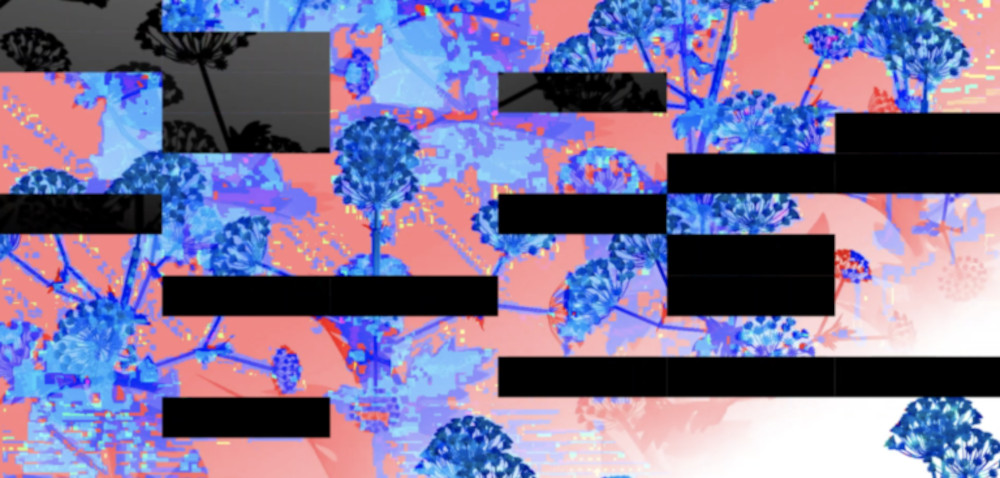Ekaterina Nikitina & Nikita Sazonov
Commentaires fermés sur Ekaterina Nikitina & Nikita SazonovEkaterina Nikitina & Nikita Sazonov
An Adventure Against Culture
Moscow, Russia
Curators, Posthuman Studies Lab

Sosnowsky’s Hogweed grows along the east side of the Main Caucasian Ridge reaching the South-West and East Transcaucasia. In 1944 Soviet botanist Ida Mandenova found and described the species as a plant with giant stem, branchy umbrella, yellowish-green flowers and fleshy phototoxic leaves which touching is dangerous in a time of flowering.
Since the discovery giant hogweed became a strategic plant for the post-war agriculture based on agrobiological introduction of new species into economy. Hogweed served as a silage plant and was subjected to a set of agrobiological experiments in order to achieve a high crop yield. Tons of agricultural equipment collected tons of hogweed seeds and sowed new terrains with the plant. Cows and pigs were forced to eat the toxic leaves that juice gave their milk a bad taste. The issue of impact and danger of phototoxins had really been brought into the limelight only to 1980s. By that time, hogweed acquired frost susceptibility and increased the possibilities of self-seeding.
Today Sosnowsky’s Hogweed, or “rising against culture”, or “the revenge of Stalin”, grows on junkyards, in industrial fields, on abandoned territories of former factories and oil extraction areas, it spreads along the roads and deserted agricultural lands, it breaks into dachas and occupies kitchen gardens. Soviet scientist and Soviet worker, tractor driver and student of agricultural college abandoned that territories leaving behind hordes of experimental hybrids which today make the map of ecological misbalance of post-Soviet landscape.


